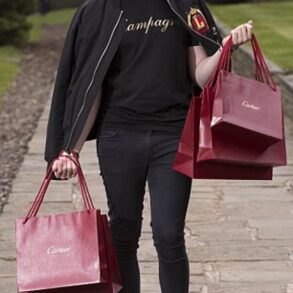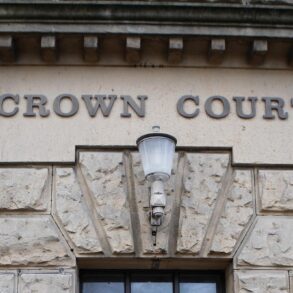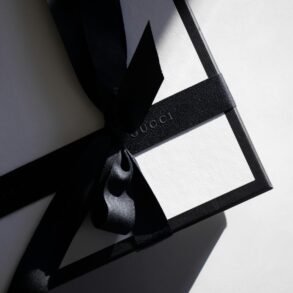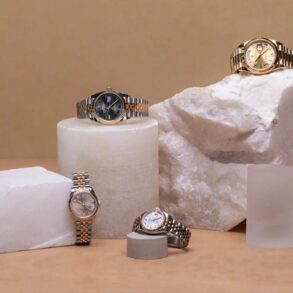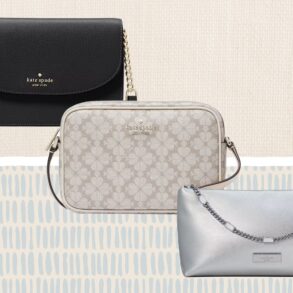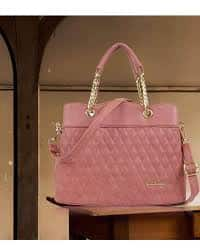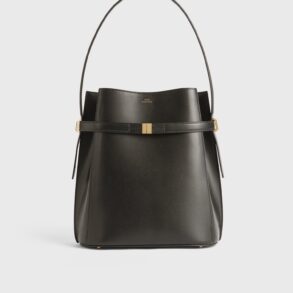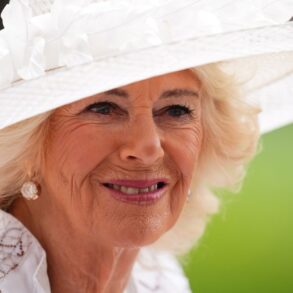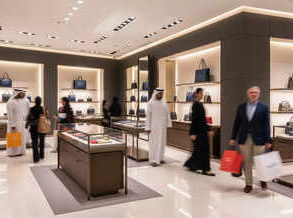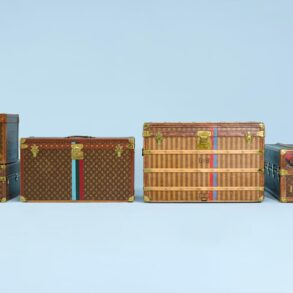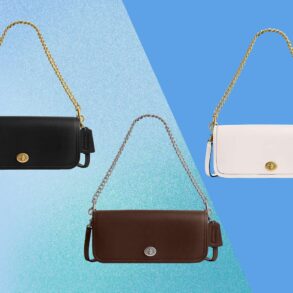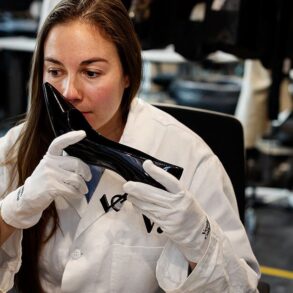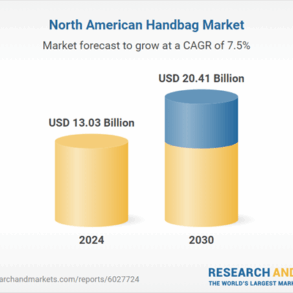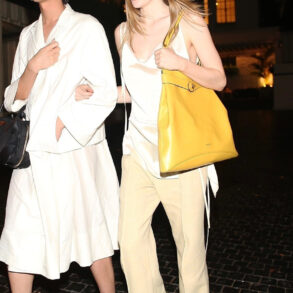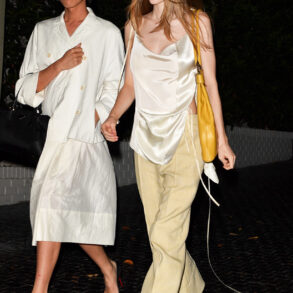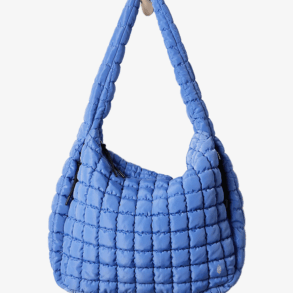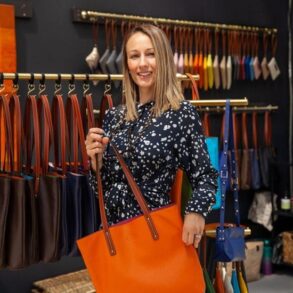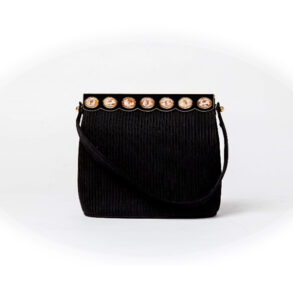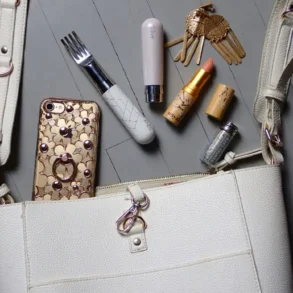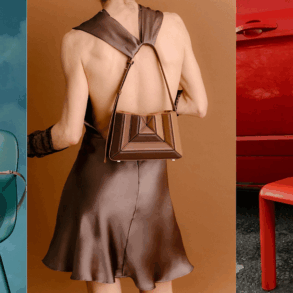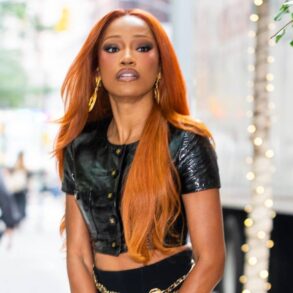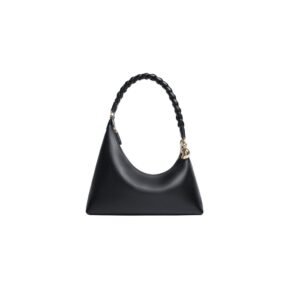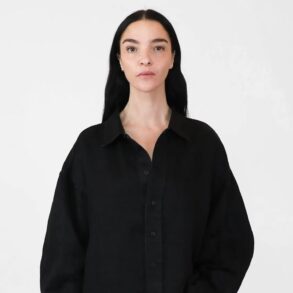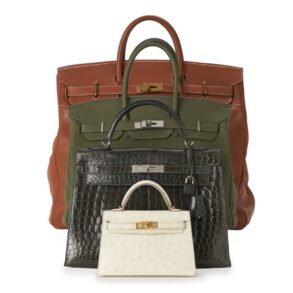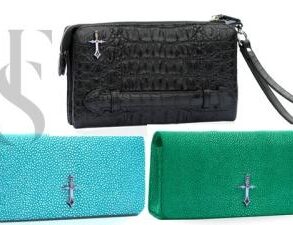NEW YORK, Jan. 22, 2025 /PRNewswire/ — Report on how AI is redefining market landscape – The global luxury handbags market size is estimated to grow by USD 24.73 billion from 2024-2028, according to Technavio. The market is estimated to grow at a CAGR of almost 6.34% during the forecast period. Design and material innovation leading to product premiumization is driving market growth, with a trend towards personalization and customization of luxury handbags. However, presence of counterfeit products poses a challenge. Key market players include 3.1 Phillip Lim, Burberry Group Plc, Capri Holdings Ltd., Chanel Ltd., Compagnie Financiere Richemont SA, Dolce and Gabbana S.r.l., Fendi, Giorgio Armani S.p.A., Hermes International SA, Kering SA, Maus Freres SA, Mulberry Group Plc, Prada Spa, PVH Corp., Ralph Lauren Corp., Rebecca Minkoff LLC, Tory Burch LLC, Sungjoo Group, Tapestry Inc., and The LVMH group.
Key insights into market evolution with AI-powered analysis. Explore trends, segmentation, and growth drivers- View Free Sample PDF
|
Luxury Handbags Market Scope |
|
|
Report Coverage |
Details |
|
Base year |
2023 |
|
Historic period |
2018 – 2022 |
|
Forecast period |
2024-2028 |
|
Growth momentum & CAGR |
Accelerate at a CAGR of 6.34% |
|
Market growth 2024-2028 |
USD 24.73 billion |
|
Market structure |
Fragmented |
|
YoY growth 2022-2023 (%) |
5.86 |
|
Regional analysis |
Europe, North America, APAC, South America, |
|
Performing market contribution |
Europe at 32% |
|
Key countries |
US, China, France, Italy, and Japan |
|
Key companies profiled |
3.1 Phillip Lim, Burberry Group Plc, Capri Holdings |
Market Driver
The customization trend is gaining traction in the luxury handbag market, with consumers seeking unique and personalized products. This trend extends to handbags made of various materials like gold, silver, and diamonds, particularly in the fashion industry. Over the past five years, customized luxury goods, including handbags, have gained popularity in developed regions such as the Americas and Europe. Emerging markets like India and China are also experiencing a rising demand. Leading market players, such as Capri Holdings, offer customized luxury handbags, allowing personalization from straps and buckles to embroidery or monogramming. The Monogram Shop by Capri is an example of this trend, enabling customers to personalize their handbags for a more distinctive and valuable product. Customization and personalization are expected to boost revenues for luxury handbag manufacturers during the forecast period.
The luxury handbag market is experiencing in trends, with bespoke designs and functional accessories leading the way. Influencers play a significant role in shaping consumer preferences, promoting versatile accessories from reputable firms. Pre-owned luxury handbags and vintage designs are also gaining popularity, with limited-edition designs adding exclusivity. Purchasing power and a growing sense of style drive demand for high-quality handbags. Innovative designs, durability, strength, and resilience are key factors, with high-end fashion brands focusing on flexibility and versatility. Materials like cotton, linen, jute, and hemp are in vogue, catering to various consumer preferences. Technology is revolutionizing the industry, with augmented reality and virtual reality enabling customers to visualize bags before purchasing. Social media and influencer marketing are crucial channels for brands, reaching a wider audience. However, combating fake products and replicas remains a challenge. Functional accessories like tote bags with increased storage capacity, clutches, crossbody bags, shoulder bags, satchels, hobo bags, and briefcases cater to the needs of working women and those seeking financial freedom. Overall, the luxury handbag market continues to evolve, offering consumers a wide range of choices.
Request Sample of our comprehensive report now to stay ahead in the AI-driven market evolution!
Market Challenges
-
The luxury handbags market experiences growth due to increasing fashion trends and consumer demand. However, this market growth is accompanied by a parallel increase in counterfeit luxury handbags, particularly in developing regions. These counterfeit products, made from low-quality materials, can be harmful to users’ skin and health. E-commerce platforms expand the reach of counterfeit products, making it challenging for consumers to distinguish between authentic and fake items. The affordability of counterfeit products fuels their demand, negatively impacting the sales and reputation of genuine vendors. To retain customers and protect brand image, vendors invest heavily in advertising and promotional campaigns, which further decreases profit margins. Counterfeit products also affect volume sales, leading to inventory backlogs for international vendors. Manufacturers of counterfeit products benefit from lower production and transportation costs, offering cheaper alternatives to genuine handbags. Global players aim to penetrate developing markets like India and China, where counterfeit products are prevalent, posing a significant challenge to market growth.
-
The luxury handbag market faces several challenges in today’s consumer landscape. Integration of smart technology, such as built-in speakers and wireless charging, is a growing trend. However, implementing these features increases production costs. Waste reduction through synthetic materials like nylon is essential for eco-conscious consumers, but may not appeal to those seeking authentic leather. Gender-neutral designs, including satchel bags, sling bags, laptop bags, and messenger bags, cater to both men and women. Millennials and Generation Z, who prioritize the luxury lifestyle, shop at specialty stores, duty-free stores, online stores, and discount stores. Fashion-conscious consumers, influenced by social media bloggers and celebrity endorsements, drive demand for limited-edition handbags and customized engraving. The consumer goods industry, including handbags, faces challenges from import duties, taxation, and counterfeit products. E-commerce platforms and multichannel brands offer personalized recommendations, virtual try-on experiences, and click-and-collect choices. Environmentally friendly materials, such as recycled leather, organic textiles, and bio-fabricated solutions, are gaining popularity. Online purchasing and supply chain optimization are key strategies for staying competitive.
Discover how AI is revolutionizing market trends- Get your access now!
Segment Overview
This luxury handbags market report extensively covers market segmentation by
-
Distribution Channel
-
1.1 Offline
-
1.2 Online
Type
-
2.1 Handbag
-
2.2 Backpack
-
2.3 Wallet
-
2.4 Others
Geography
1.1 Offline- The luxury handbag market is a significant segment of the fashion industry, showcasing high-end bags from renowned brands. These bags are made with premium materials and intricate designs, catering to consumers seeking elegance and exclusivity. Brands invest in research and development to offer innovative features and designs, ensuring customer satisfaction. The market’s growth is driven by increasing consumer disposable income, fashion trends, and the desire for status symbols. Competition is fierce, with brands constantly striving to outdo each other in terms of quality, design, and pricing.
Download a Sample of our comprehensive report today to discover how AI-driven innovations are reshaping competitive dynamics
Research Analysis
The luxury handbags market is a thriving segment of the consumer goods industry, driven by the desire for high-end fashion and the growing financial freedom of working women. The market encompasses a range of styles including clutches, crossbody bags, shoulder bags, satchels, hobo bags, and tote bags. Social media bloggers and celebrity endorsements significantly influence consumer preferences. The market is characterized by the use of premium materials such as crafted leather, organic textiles, and bio-fabricated solutions. E-commerce platforms have revolutionized sales, offering personalized recommendations, virtual try-on experiences, click-and-collect choices, and custom-made handbags. However, challenges include import duties, taxation, counterfeit products, and increasing competition. Limited-edition handbags and customized engraving add exclusivity, while bespoke designs cater to individual tastes. Online purchasing continues to dominate, but physical stores offer tangible experiences and custom-made solutions. The market is expected to grow, driven by evolving consumer preferences and technological advancements.
Market Research Overview
The luxury handbags market is a thriving segment of the consumer goods industry, catering to the desires of fashion-conscious consumers worldwide. This market is driven by the growing working women population seeking functional and stylish handbags that reflect their financial freedom and luxury lifestyle. High-end fashion brands continue to innovate, offering a wide range of handbag styles including clutches, crossbody bags, shoulder bags, satchels, hobo bags, totes, briefcases, and more. Materials such as cotton, linen, jute, hemp, and synthetic fabrics are used, with some brands incorporating smart technology like built-in speakers, wireless charging, and GPS tracking. Environmentally-friendly materials like recycled leather, organic textiles, and bio-fabricated solutions are also gaining popularity. The market is not limited to women; men and unisex bags are also in demand. Consumers can purchase handbags through various channels including specialty stores, duty-free stores, online stores, and discount stores. Millennials and Generation Z are significant buyers, influenced by social media bloggers, celebrity endorsements, and blogger endorsements. The luxury handbag market faces challenges such as import duties, taxation, counterfeit products, and supply chain issues. Brands are responding with multichannel strategies, personalized recommendations, virtual try-on experiences, click-and-collect choices, custom-made handbags, and limited-edition designs. Influencers, functional accessories, and versatile accessories are also key trends. The market is expected to continue growing, driven by purchasing power, a sense of style, and the fusion of fashion and technology.
Table of Contents:
1 Executive Summary
2 Market Landscape
3 Market Sizing
4 Historic Market Size
5 Five Forces Analysis
6 Market Segmentation
-
Distribution Channel
-
Type
-
Geography
7 Customer Landscape
8 Geographic Landscape
9 Drivers, Challenges, and Trends
10 Company Landscape
11 Company Analysis
12 Appendix
About Technavio
Technavio is a leading global technology research and advisory company. Their research and analysis focuses on emerging market trends and provides actionable insights to help businesses identify market opportunities and develop effective strategies to optimize their market positions.
With over 500 specialized analysts, Technavio’s report library consists of more than 17,000 reports and counting, covering 800 technologies, spanning across 50 countries. Their client base consists of enterprises of all sizes, including more than 100 Fortune 500 companies. This growing client base relies on Technavio’s comprehensive coverage, extensive research, and actionable market insights to identify opportunities in existing and potential markets and assess their competitive positions within changing market scenarios.
Contacts
Technavio Research
Jesse Maida
Media & Marketing Executive
US: +1 844 364 1100
UK: +44 203 893 3200
Email: media@technavio.com
Website: www.technavio.com/
View original content to download multimedia:https://www.prnewswire.com/news-releases/luxury-handbags-market-to-grow-by-usd-24-73-billion-2024-2028-driven-by-innovation-in-design-and-materials-report-highlights-ai-impact-on-trends—technavio-302356816.html
SOURCE Technavio
This post was originally published on this site be sure to check out more of their content.


